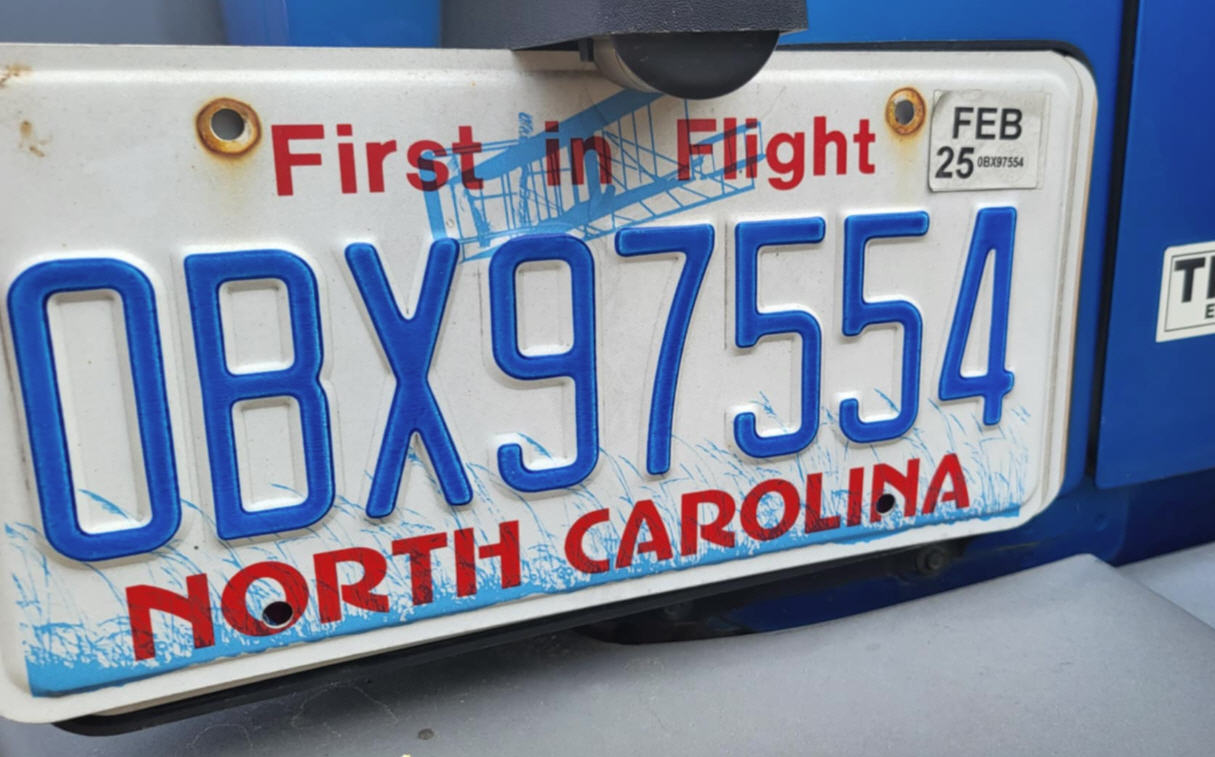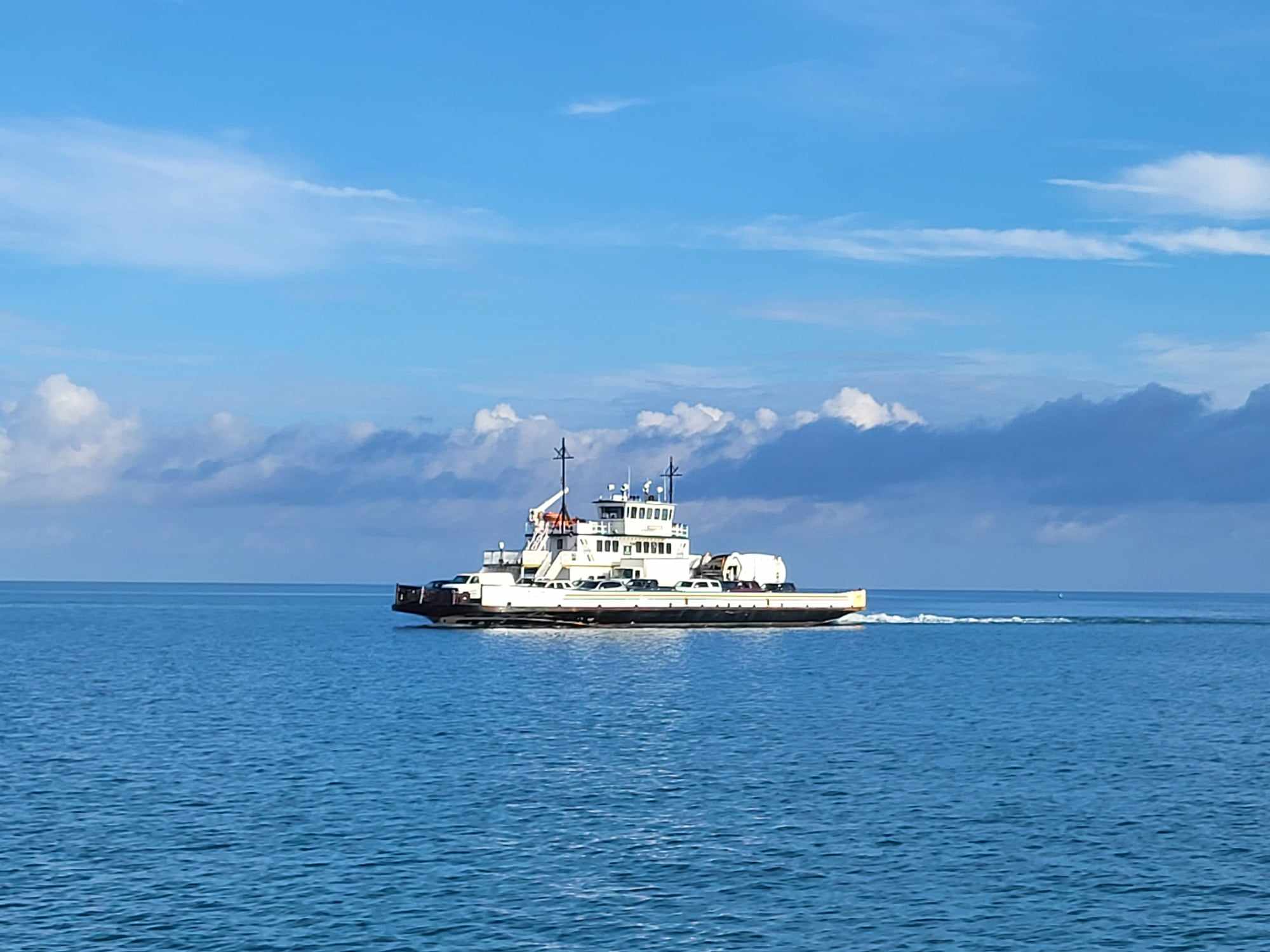Senate committee passes substitute version of bill to overturn ORV plan
The Senate Committee on Energy and Natural Resources today marked up an amended version of Senate Bill 486 to overturn the National Park Service’s off-road vehicle plan and final rule for the Cape Hatteras National Seashore.
The legislation was one of a dozen bills today considered by the committee. All were reported favorably, and S 486 was one of the bills passed on a bipartisan, voice vote of the committee. No member of the committee – which includes 12 Democrats and 10 Republicans — voted against the bill.
The amended version of the bill is a major step forward for groups advocating more reasonable public access to the seashore.
Though it does not give them everything they asked for, it is a start to changing parts of the plan, such as buffer distances for nesting shorebirds, which they find particularly restrictive.
“We believe we can have a framework in which can improve beach access,” said David Scarborough of the Outer Banks Preservation Association, who was in Washington, along with OBPA president John Couch and Jim Keene of the North Carolina Beach Buggy Association.
“John, David, and I are leaving town with a smile on our faces,” Keene said.
Senate Bill 486, introduced by U.S. Sen. Richard Burr, R-N.C., along with Sen. Kay Hagan, D-N.C., on March 7 is called the Preserving Public Access to Cape Hatteras Beaches Act. As originally written, it would have reinstated the Interim Management Strategy governing off-road vehicle use on the seashore and set aside current mandates and requirements that prevent off-road vehicle and citizen access to a significant portion of the seashore.
The Department of Interior was vocal in its opposition to the original bill but apparently has signed off on the amended legislation.
As amended by the committee today, the substitute version of the bill would:
Order the Secretary of Interior to review and modify wildlife buffers within 180 days.
In modifying the buffers, the secretary must insure the buffers are of the shortest duration and cover the smallest area necessary to protect a species, as determined in accordance with peer-reviewed scientific data.
The secretary must also designate pedestrian and vehicle corridors around resource closure to allow access to areas that are open.
The secretary must also coordinate with the state of North Carolina to determine appropriate buffers for birds that are not federally listed under the Endangered Species Act but are only “species of concern” to the state.
The secretary also must undertake a public process to consider, consistent with management requirements at the seashore, certain changes to the final rule.
The secretary must construct new vehicle access points and roads as expeditiously as is practical.
The changes that are to be considered in the public process include:
Opening beaches at the seashore that are closed to vehicles overnight on a rolling basis in the morning as daily management reviews are completed. All beaches are now closed to vehicles until 7 a.m., even though it starts getting light this time of year at 5 or 5:30 a.m.
Extending seasonal off-road vehicle routes for additional periods in the fall and spring if ORV use does not create resource management problems.
Modifying the size and location of vehicle-free areas.
The Interior Secretary is instructed by the legislation to report to Congress within one year after enactment of the bill on the measures that have been taken to implement it.
The amended version of S 486 that passed out of the committee today is the bipartisan compromise that the committee chairman, Sen. Ron Wyden, D-Ore., and ranking member, Sen. Lisa Murkowski, R-Alaska, said they were looking for when the legislation was pulled from the May mark-up session.
“We are going to begin immediately to put forward a bi-partisan and good faith effort to find a solution to this matter at Cape Hatteras,” Wyden said in May.
The committee staffs for Wyden and Murkowski worked with the staffs of Burr and Hagan and other supportive senators, such as Democrat Joe Manchin of West Virginia, to craft the compromise. They also worked with stakeholder groups – both those who support the final plan and those who want to overturn it.
Both Wyden and Murkowski had heavy praise for all sides for crafting the compromise and expressed the hope it would head to the Senate floor for a vote.
“There’s been a lot of negotiating going on in the last couple weeks,” said Warren Judge, chairman of the Dare County Board of Commissioners. The board also opposed the final rule.
“We feel confident that we’ve improved our lot in life,” Judge said today.
Burr and Hagan also weighed in on the committee’s approval.
“Today’s compromise was a critical step forward in the effort to regain access to one of North Carolina’s most scenic treasures,” said Burr. “Our work finally gives a voice to the people of North Carolina and all those who come to see its coast while still balancing the needs of the area’s wildlife and addressing any potential environmental concerns. I appreciate the support of Chairman Wyden and the input from the people of Dare County in achieving this balance, and I am confident we have reached an agreement that can pass the full Senate and become law.”
“This compromise represents a responsible step toward restoring balance between beach access and important environmental protections,” said Hagan. “Cape Hatteras National Seashore is critical to Dare County’s economy, and I will continue to work with Sen. Burr and members on both sides of the aisle to expedite passage of this bill into law.”
Judge, Couch, Scarborough, and Keene say there is “still a long way to go” to make any changes to the plan and final rule.
“There is a lot of work that needs to be done,” said Couch.
But, added Judge, “We have an opportunity.”
A bill identical to the original version of S 486 was introduced in the U.S. House of Representatives by Rep. Walter Jones, R-N.C. It was reported favorably out of committee and will have a floor vote by the full House, probably later this year.
Should the amended version of the bill pass the full Senate, the discrepancies between that and the House bill will have to be worked out.
“There are many ways to skin a cat,” Jones’ legislative aide Joshua Bowlen said of the eventual paths the parallel bills might take to final passage in Congress.
The congressman and his staff, Bowlen said, will be watching the bill in the Senate with interest.
And, he added, “We’ll take progress any way we can get it.”
CLICK HERE TO READ THE AMENDED VERSION OF S486








